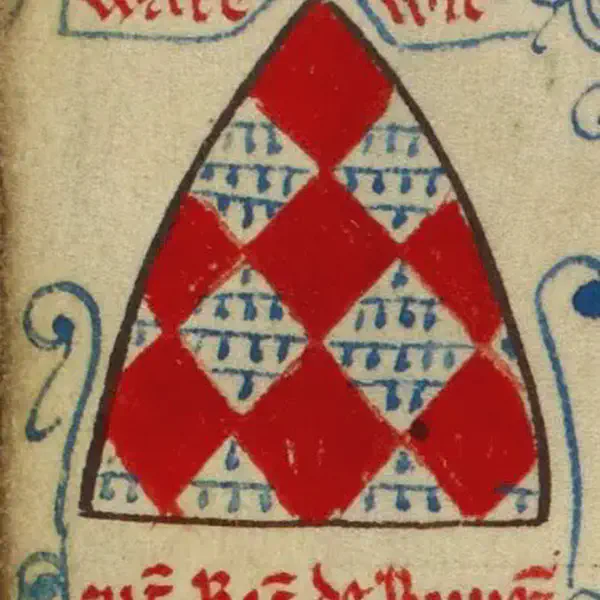
Richard De Burgh Is Released by the Council in Parliament at Kilkenny
March 12, 1295
Richard de Burgh, also known as the Red Earl of Ulster, was a prominent Anglo-Norman nobleman in Ireland during the late 13th and early 14th centuries. His release by the council in parliament at Kilkenny would refer to an event within the complex political and military context of medieval Ireland, where the Anglo-Norman presence was contested by native Irish kingdoms and other Norman lords.
Richard de Burgh, a key Anglo-Norman lord in Ireland, held significant territories and wielded considerable power. His detention and subsequent release in the context of a parliament held in Kilkenny on March 12, 1294, illustrate the tensions and disputes among the Anglo-Norman aristocracy in Ireland. The involvement of the king and the appointment of John Wogan as justiciar (a chief governor) indicate the crown’s direct intervention in resolving such disputes and maintaining stability in its Irish territories.
Richard de Burgh played a key role in the expansion of Anglo-Norman control in Ireland, and his activities would have had significant political and military implications. His family, the de Burghs (or Burkes), were among the most powerful in Ireland, controlling vast territories and involved in numerous conflicts and negotiations with both the English crown and Irish chieftains.
John Wogan’s role as arbitrator and the king’s promise of justice show an attempt to mediate between competing interests and ensure that the authority of the crown was respected, keeping powerful nobles like Richard de Burgh in check while also addressing their grievances. This incident reflects the complex governance challenges in medieval Ireland, where the English crown had to balance its authority over the Anglo-Norman lords, who often acted with considerable independence, and manage the ongoing interactions with the native Irish populations.